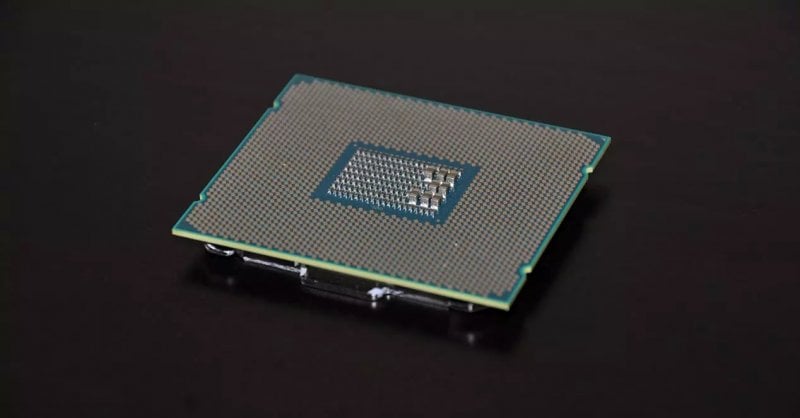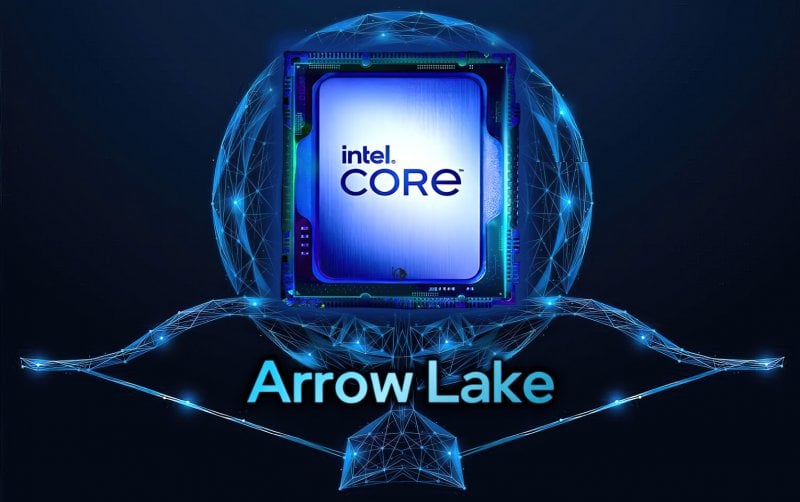A document leaked a few days ago casts some shadows on a technology that has accompanied Intel processors for several years and which risks disappearing.
Could you think of an Intel Core CPU without Hyperthreading? It would be difficult, given that this technology has been with us since 2002, but it could soon become a reality we have to deal with.
A few days ago a document was leaked online that talks about the 15th Generation of Intel Core CPUs, code-named Arrow Lake-S, where we find among the various technical characteristics 8 P-Core, which do not enjoy the “doubling” that hyperthreading has accustomed us to.
Should we perhaps expect a future line-up completely unrelated to this important technology which for many years has played an important role in the performance of Santa Clara's CPUs? We may be forced to say goodbye to Hyper-Threading, but all is not lost…
.
The current limits of Hyper-Threading
It seems that the adoption of a hybrid architecture by the latest CPUs on the market has changed the cards on the table and has forced Intel to rethink some technological aspects and cornerstones, evidently including Hyper-Threading.
With ever-increasing attention to issues such as consumption, efficiency and autonomy, it is not surprising that E-Core are one of the most important areas of development and on which a major effort can be expected for the implementation of dedicated solutions in the near future.
However, we should retire this important technology which currently only operates on P-Core it may perhaps be an obligatory choicebut this does not mean abandoning the good things developed so far or at least the underlying idea: it is rather necessary to look for some way to optimize the use of the different types of cores present today.
Hyper-Threading was in fact born in a historical moment where the difference between P-Core and E-Core did not exist and suffers precisely this problem: for the purposes of the operating system there are no differences between physical cores and virtual cores. If this is not a problem in the presence of only high performance (or high efficiency) cores, it can become so when the hybridization between P-Core and E-Core is implemented: What could be the meeting point between the idea behind Hyper-Threading and the new processors with hybrid architectures?
Rentable Units
The new approach Intel is working on is based on a thread management solution called Rentable Units.
Unlike the current situation, it aims to achieve greater flexibility with respect to the Hyper-Threading structure, taking full advantage of the hybrid approach we talked about above.
How to achieve this greater flexibility? Putting the P-Core and the E-Core into competition, taking it to the extreme.
The solution called Rentable Units would take care of dividing the load of instructions into two distinct parts, assigning one or the other to the different types of cores in place of their complexity and the general state of the system: in a nutshell this new technology would be able to “read” the state of the systemthe loads of the different types of cores and react accordingly by moving the subsequent threads of instructions to be carried out to the core that is best suited to that type of work.
This approach would allow us to exploit the CPUs in a much more granular and optimal way, however it adds a higher degree of complexity to the processor and would force Intel to review the cache allocation upwards: it is impossible to think of exploiting a system of this complexity without a generous supply of dedicated memory.
A future still uncertain
In any case, we would be faced with a significant change and it cannot be ruled out that things could change between now and the official presentation of the 15th Generation Core CPUs.
The extremely embryonic state that can also be easily noticed from the leak requires us to take everything with a pinch of salt and we invite you to be equally cautious.
What is certain is that the hypothetical absence of such an important technology as Hyper-Threading would put a lot of pressure on Intel's R&D departmentwhich would have to deal with having to leave aside an extremely well-tested technology capable of offering undoubted advantages in multi-threaded loads (even if only for one type of core) to insert on the other hand a technology that on paper appears extremely interesting, but also much more complex than the current one.
With every launch and generational change it is obvious that users and enthusiasts have a clear desire to see important performance steps and – even recent history teaches us – this is not always possible by continuing to endlessly refine what is already presenttherefore new technologies never seen or implemented are welcome.
The question we all ask ourselves is this: will support for faster RAM (DDR5 6400), the transition to the 2 nanometer Intel 20A process, solutions with up to 24 cores and (the possible) presence of this new solution be enough to guarantee that performance leap that will make fans decide whether or not to reward Intel for throwing their hearts over the obstacle with this new technology? In any case, get ready to change the motherboard!
#Intel #abandon #HyperThreading #technology #15th #generation #Core #CPUs


